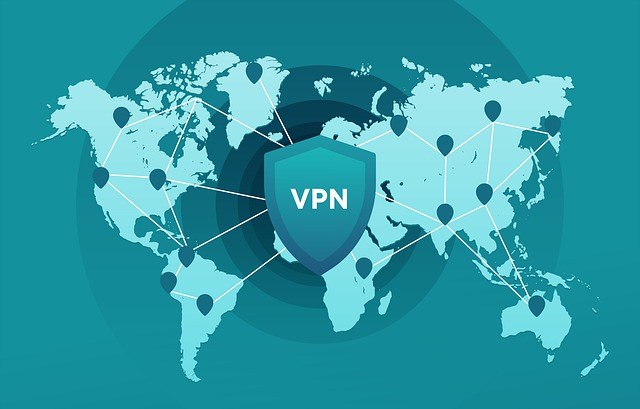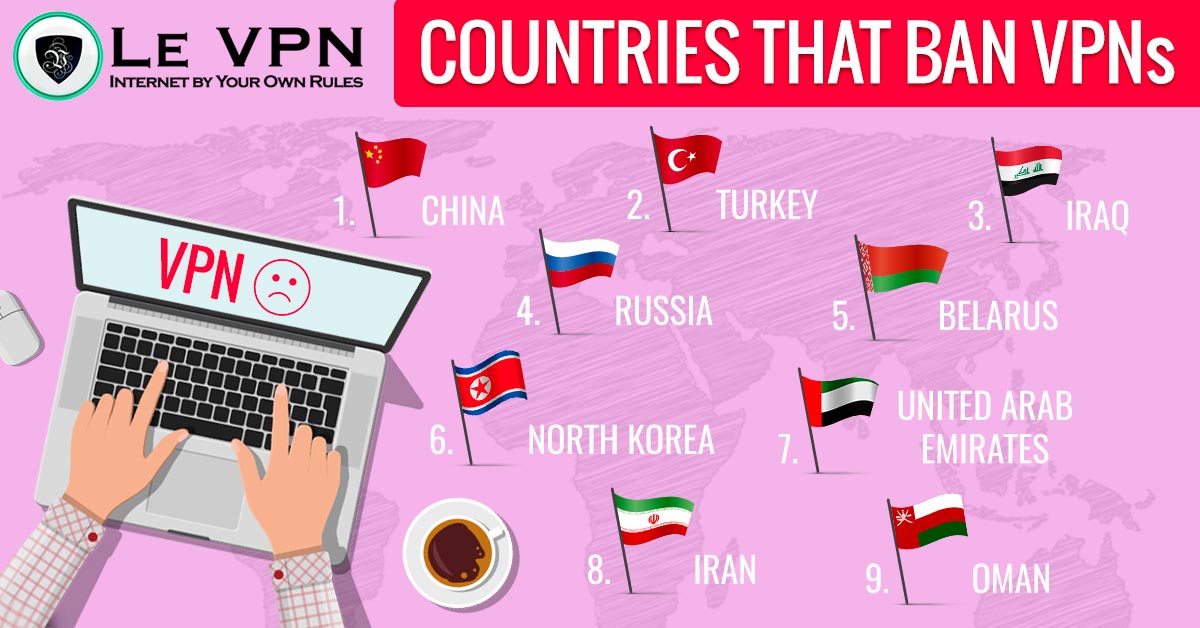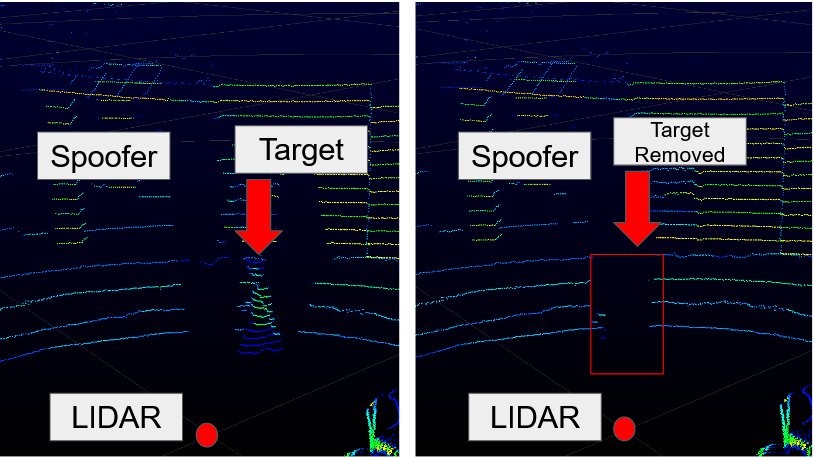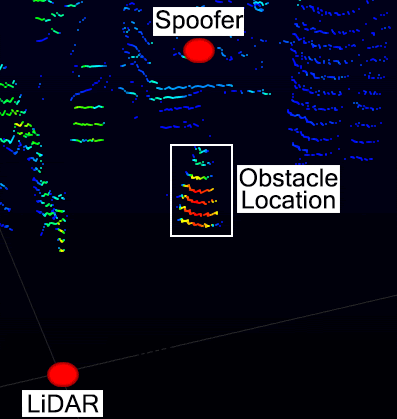Many of you are definitely familiar with a Polish chain of convenience stores called “Żabka”. The owner, has opened up their first 7 stores in 1998, and has quite literally spread around the whole map of Poland (and even slightly outside of it! You can find a few “Žabka” stores in Chech Republic! as well) . It is easily one of the most popular stores in Poland today, and recently, in 2021 a brand-new concept of Żabka has been introduced- Żabka Nano.
.png)
Żabka Nano is not only the most innovative store in Poland but also the largest autonomous chain store in Europe. The overall idea of autonomous stores already exists in Australia, Japan or South Korea (and probably somewhere in the US), but Poland’s Żabka still overtook all other potential European competitors.

The main difference between the two stores (the original and the autonomous one) are the employees. More precisely, the lack of them. The idea of Żabka Nano is that it can be open 24/7 and accessed using a credit card or żappka- the stores app that allows you to collect points for your purchases. However, if you wish to enter with the app, you need to make sure you have funds in your account. Moving on, once you’ve put your credit card near the reader at the entrance of the store, the doors to Żabka Nano open. The easy accessibility to enter by card has been implemented by the Żabka’s collaboration with AiFi, in all of the Nano stores.

It is a great way of saving your time since you don’t have to stand in a queue to buy your necessities. The store itself is usually a lot smaller than the normal Żabka stores (to no one’s surprise), mostly because it offers less goods than the basic stores. For instance, you will find yourself not being able to purchase alcohol or cigarettes, but you can buy 0% beer (what’s the point in that though). You will also find basic products, such as; water, snacks, juices and refreshments, ice cream and frozen food.
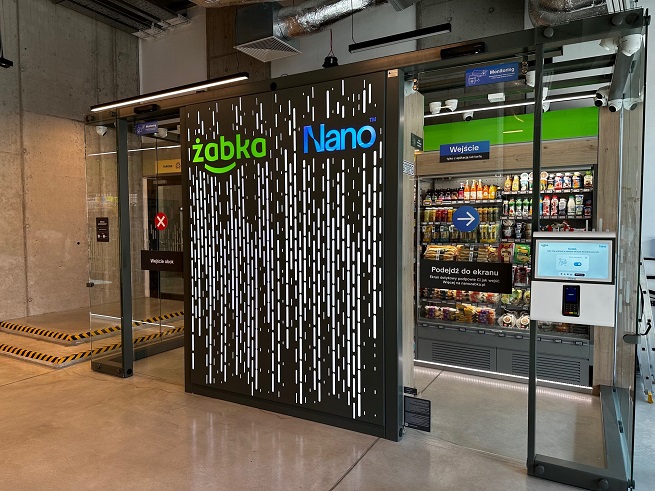
For the Żabka customers, you all probably know about the famous Żabka hot-dogs. In case that’s you and the nearest Żabka near you happens to be Nano, fear not. You can still get your hot-dogs. The store offers an interesting service for the hot-dog lovers, where you have a robot that grills and assembles the whole hot-dog right in front of you. Keep in mind though that it may not always succeed as it’s assembled by a robot and not a person, so it has its failures at times. The robot is called Robbie and its software has over 15000 lines of code. The order of your snack takes less than a minute (unless you’re indecisive) and the display next to the hot-dog stand shows you the ordering options where you choose the size, type of the sausage and the sauces you wish to have in your hot-dog. After that, you just wait and watch Robbie prepare your meal.

Onto the security stuff, how does the store know what you take, and how does it not charge you extra? The store doesn’t actually use any shelf-sensors. It does have cameras inside the store, just like all the other stores, but this time, they’re used for camera-vision technology provided by AiFi. To respect the customer’s privacy, customers are identified by the system without the use of biometrics or facial recognition. The cameras only track the movement of the client’s, while the product recognition is performed by AI computer vision. Using key point tracking technology, the system creates a stickman from each customer who enters the store, to which the system supports three sessions running simultaneously, each with a small number of participants.
All in all, Żabka Nano is a great innovation and it does help those who crave a snack anytime after 11PM- after all the normal Żabka stores close. It’s interesting to see how the technology improves everyday and how the world easily adapts to it. Do you think Żabka Nano is a good innovation? Or maybe a beginning to something bigger in the future?
Pierwsza Żabka Nano otwarta w Decathlonie




